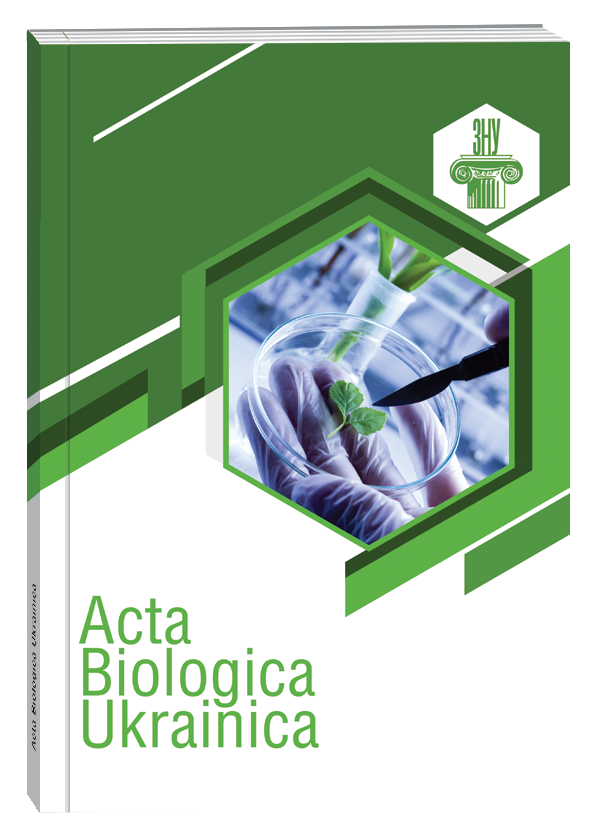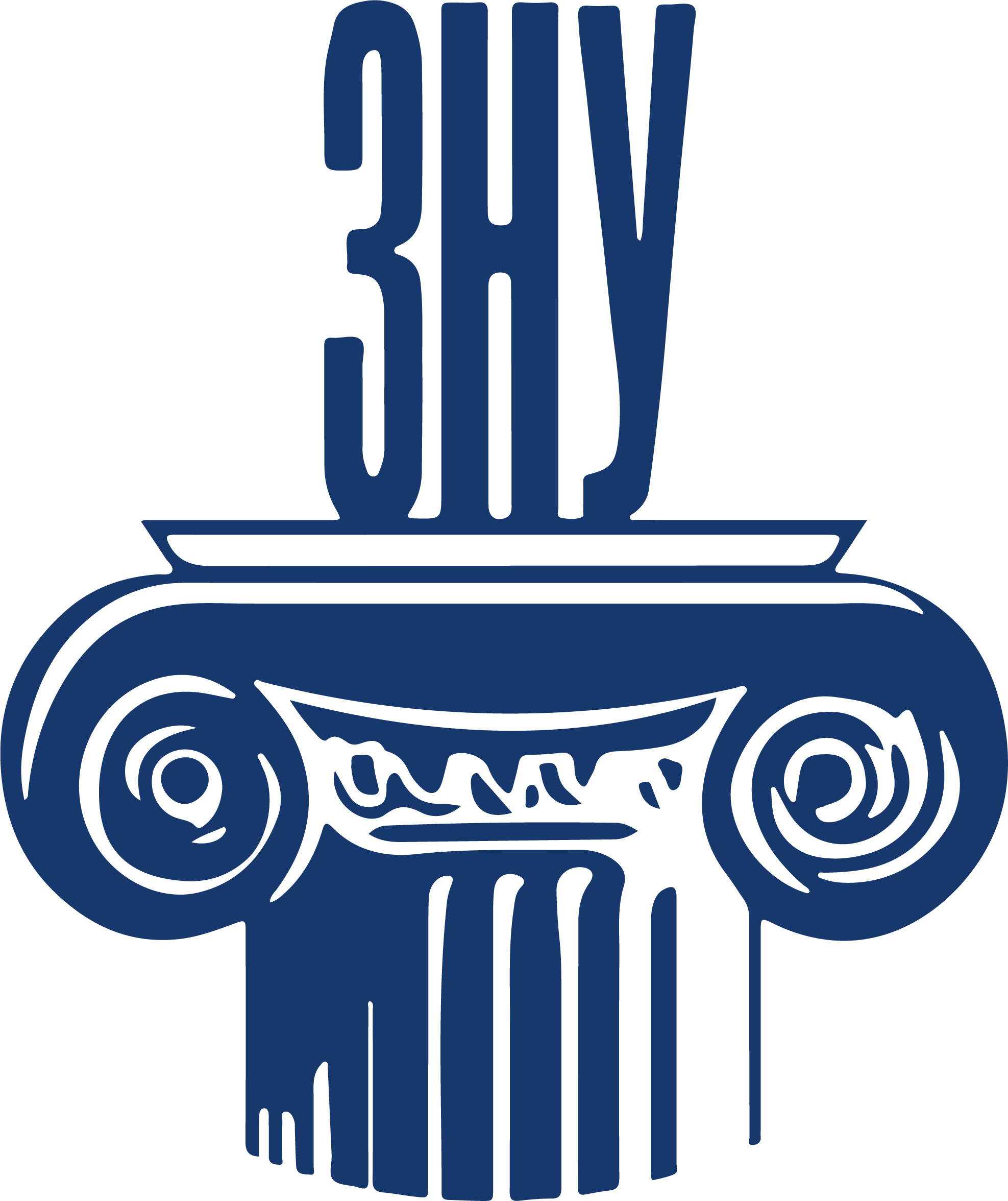The influence of the Eisenia fetida holding environment on medicinal leech breeding
Анотація
The study used 120 medicinal leeches, including 80 Hirudo verbana and 40 Hirudo orientalis. Four groups of animals were formed: two control and two experimental. The control groups consisted of medicinal leeches of both species, which were kept using the modern jar method. Experimental scheme. Control group: a peat-soil weakly acidic environment (pH 5.5) was prepared. As fertilization belts formed in leeches, they were transplanted into 3-litre sterile containers filled with the moist peat-soil medium. Afterwards, the containers were covered with a fabric that allowed for full oxygen permeability. The containers with the animals were placed in a dark room with a temperature of +25-26 °C and diffused artificial lighting. After a month, parent leeches and soft cocoons were collected. Juveniles were then selected from the cocoons and placed in sterile 3-litre containers filled with settled tap water. Experimental groups: instead of the peat-soil environment, medical leeches were placed in an environment selected from the Eisenia fetida (pH 5.0). All other manipulations were performed as in the control group. In the control group, animals in the peat-soil environment exhibited good health, with low mortality rates (Hirudo verbana 2.2±0.2% and Hirudo orientalis 1.9±0.2%) and high fecundity (Hirudo verbana 9.2±0.3% and Hirudo orientalis 6.1±0.2%), indicating the suitability of the maintenance environment p < 0.05. The experimental group yielded negative results, reflected in significantly higher mortality rates for both species: Hirudo verbana 75.2±4.2% and Hirudo orientalis 80±3.1%, p < 0.05). Furthermore, in the experimental groups, most animals produced few or no cocoons and offspring (Hirudo verbana 0.9±0.05%). A significant proportion of the cocoons were defective: Hirudo verbana 55.3±3.4% (p < 0.05). Fertile cocoons contained a limited number of offspring.
Посилання
(2) Krashenyuk, A.I. “Neurotrophic (Neural Stimulating) and Neuromediator Effects of Hirudo medicinalis. Pathogenetic Mechanism of Treatment of Diseases of the Nervous System of the Human". Acta Scientific Medical Sciences, 2020, 4(3), рр. 4-9. URL: https://doi.org/10.31080/ASMS.2020.04.0552.
(3) Nowicki, A.; Jaworska, J.; Baranski, W. Leech therapy in the treatment of a penile haematoma in a stallion. Veterinární Medicína, 2021, 66(6), рр. 266–271. URL: https://doi.org/10.17221/163/2020-vetmed.
(4) Trenholme, H.N.; Masseau, I.; Reinero, C.R. Hirudotherapy (medicinal leeches) for treatment of upper airway obstruction in a dog. Journal of Veterinary Emergency and Critical Care, 2021, 31(5), рр. 661-667. URL: https://doi.org/10.1111/vec.13094.
(5) Dudhrejiya, A.V.; Pithadiya, S.B.; Patel, A.B. Medicinal Leech Therapy and Related Case Study: Overview in Current Medical Field. J Pharmacogn Phytochem, 2023, 12(1), рр. 21-31. URL: https://doi.org/10.22271/phyto.2023.v12.i1a.14543.
(6) Sonani, S.R.; Dudhamal, T.S. Leech therapy and adjuvant Ayurveda treatment in the management of diabetic foot ulcer with atherosclerosis. BLDE Univ J Health Sci, 2023, 8, рр. 192-196.
(7) Zaidi S.A. Unani treatment and leech therapy saved the diabetic foot of a patient from amputation. International wound journal, 2016, 13(2), pp. 263-264.
(8) Sharma P.; Kajaria D. Management of non-healing venous ulcer in systemic sclerosis with leech therapy—A case report. Journal of Family Medicine and Primary Care, 2020, 9(4), рр.2114.
(9) Lari A, Zaid Iqbal Mt, Ali M. Management Of Ghangrana (Dry Gangrene) By Irsal-E-Alaq (Leech Therapy)-A Case Study. Indian Journal Of Unani Medicine Vol Xiv, 2021, (1), рр. 56-60.
(10) Balasooriya D.; Karunarathna C.; Uluwaduge I. Wound healing potential of bark paste of Pongamia pinnata along with hirudotherapy: A case report. Journal of Ayurveda and Integrative Medicine, 2021, 12(2), рр. 384-388.
(11) Shakouri A.; Adljouy N.; Abdolalizadeh J. Anti-Cancer Activity of liposomal Medical leech saliva extract (LSE). Proceedings of the 3rd World Congress on Recent Advances in Nanotechnology (RAN’18), April, Budapest, Hungary, 2018, Paper No. NDDTE XXX. https://doi.org/10.11159/nddte18.102.
(12) Ceylan M.; Küçükkara R.; Karataş E. Effects of cocoon incubation angle on hatching success of medicinal leeches (Hirudo spp.). Invertebrate Reproduction & Development, 2023. https://doi.org/10.1080/07924259.2023.2241418
(13) Bidmal H.R.; Sudagar M.; Shakouri, M. The effect of different blood (goat and sheep) on sexual maturity, survival and the production of cocoons and larvae in oriental leech (Hirudo orientalis). Journal of Animal Environment (AEJ), 2022, 13(4), рр. 301-306. https://doi.org/10.22034/AEJ.2020.232247.2268.
(14) Ceylan M. Effects of maternal age on reproductive performance of the southern medicinal leech, Hirudo verbana Carena, 1820. Animal Reproduction Science, 2020, 218, рр. 106507. https://doi.org/10.1016/j.anireprosci.2020.106507.
(15) Malek, M.; Jafarifar, F.; Aminjan, A.R.; Salehi, H.; Parsa, H. Culture of a new medicinal leech: growth, survival and reproduction of Hirudo orientalis Utevsky and Trontelj, 2005 under laboratory conditions. Journal of Natural History, 2019, 53(11-12), рр. 627-637. URL: https://doi.org/10.1080/00222933.2019.1597200.
(16) Ceylan, M.; Çetinkaya, O.; Küçükkara, R.; Akçimen, U. Reproduction efficiency of the medicinal leech Hirudo verbana Carena, 1820. Turk. J. Fish. Aquat. Sc., 2015, 15, pp. 411–418. URL: https://doi.org/10.4194/1303-2712-v15_2_27.
(17) Ceylan, M.; Küçükkara, R.; Akçimen, U. Effects of broodstock density on reproduction efficiency and survival of southern medicinal leech, Hirudo verbana Carena, 1820. Aquaculture, 2019, 498, рр. 279-284. URL: doi: 10.1016/j.aquaculture.2018.08.016.
(18) Zhang, B.; Lin, Q.; Lin, J.; Chu, X.; Lu, J. Effects of broodstock density and diet on reproduction and juvenile culture of the leech, Hirudinaria manillensis Lesson, 1842. Aquaculture, 2008, 276, рр. 198–204. URL: https//doi.org/10.1016/j.aquaculture.2008.02.00
(19) Manav, М.; Ceylan, M.; Büyükçapar, H.M. Investigation of reproductive efficiency, growth performance and survival of the southern medicinal leech, Hirudo verbena Carena, 1820 fed with mammalian and poultry blood. Animal Reproduction Science, 2019, 206, рр. 27-37. URL: https://doi.org/10.1016/j.anireprosci.2019.05.004
(20) Aminov, R. “Average number of juveniles obtained from a cocoon per 1 parent leech, mortality of parent leeches during breeding, defective and non-fertile cocoons ”, Mendeley Data, 2025, V1, URL: doi: 10.17632/p7k3m9472k.1

 ISSN
ISSN 




